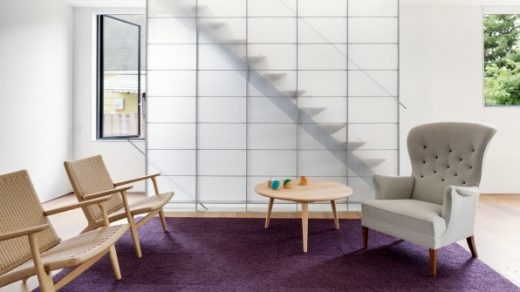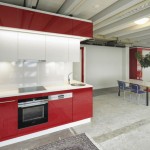The American Household Is Evolving–And Our Housing Should Too
In the middle of the National Building Museum in Washington, D.C., visitors walk through a full-scale, 1,000-square-foot home designed to comfortably house a multigenerational family: There’s room for a grandmother, a single mother, and her young son. Just days ago, the home was set up for four roommates in their twenties; with another shifting of walls and furniture and amenities in a few months, it’ll again be converted into an ideal space for an elderly couple.
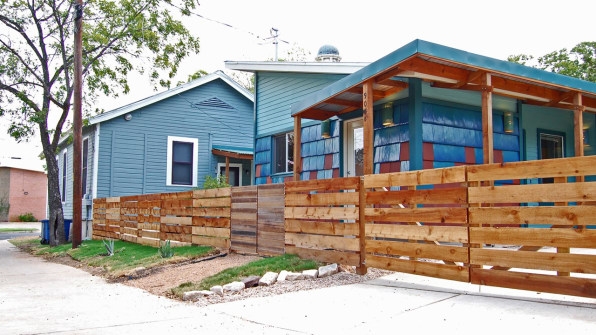
This flexible unit is called the “Open House,” and it sits at the center of an exhibit ongoing through September called Making Room: Housing For A Changing America. The Open House, designed by architect Pierluigi Colombo, is a bit of a fanciful concept, but it gestures toward a real need: As demographics have shifted in America, and unconventional co-living situations–from unrelated roommates to multigenerational arrangements–are displacing the typical nuclear family as the most prevalent type of household, our housing stock must evolve and adapt to accommodate these changes.
The bottom line of Making Room is this: Our current housing stock isn’t nearly as diverse as we are. While single people living alone make up 28% of our population, just .87% of our housing stock is studio apartments; 11.36% are one-bedroom homes. The most prevalent form of housing in America, an enormous 39.82%, is the three-bedroom house. “When people think about the household, they conjure up this image of two parents, the kids, and a dog,” says NBM curator Chrysanthe Broikos. “But that household type is only 20% of all households throughout the entire country.”
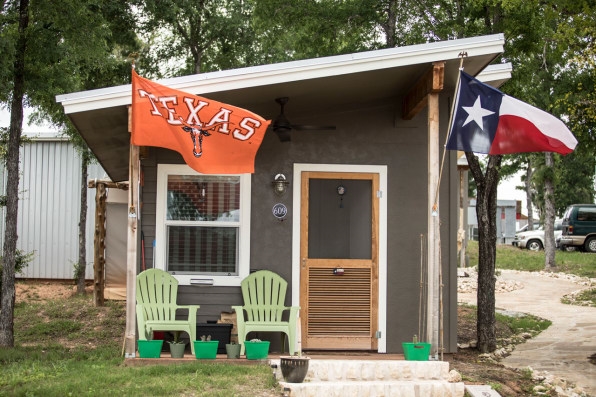
Fundamentally, Broikos says, this mismatch is a design flaw. Making Room advocates for housing design that begins with demographics, not preconceptions.
Rather than a developer coming in and building a spate of single-family condominiums on a new lot, the creators of the Making Room exhibit hope to encourage more rigorous thinking about demographics, how people are living, and what people’s housing needs really are, and building from there. The flexible design of the Open House shows how designers and developers could incorporate features like adjustable walls and furniture to create units that shift to meet a household’s needs over time. Looking at the unit, you could easily imagine a single person living with roommates at one point her life, and then tweaking the layout to a master bedroom and a nursery if she should decide to live with a partner and have a child. When she and her partner grow older, they could simply adjust the unit again to allow themselves to age in place, and perhaps rent out an unneeded room to a tenant for extra income.
That kind of design feels radical in our current housing landscape, but it’s the sort of thinking that developers and housing advocates have been pushing for several years.
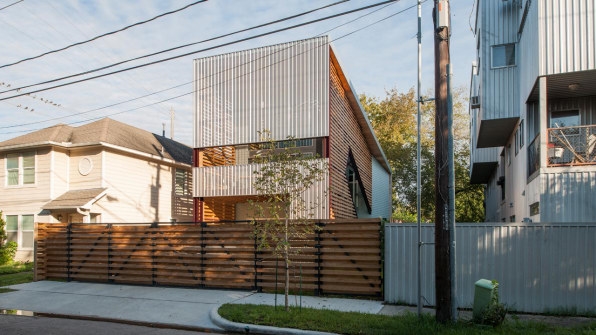
Making Room originated with the Citizen’s Housing and Planning Council, a New York City-based housing research nonprofit. CHPC convened a group of international architects, designers, and planners in 2009 to discuss how housing design can and should evolve to meet the needs of growing cities, and the booming number of single people within them. That initial meeting evolved into a challenge CHPC hosted in 2011 to source innovative designs for single dwellers, multigenerational families, roommates, and other non-normative households; those designs, along with data on shifting demographics and housing needs in New York, became the basis for the first Making Room exhibit hosted at the Museum of the City of New York in 2013.
The popularity of that initial exhibit–over 150,000 visitors attended–encouraged CHPC to expand the scope of Making Room beyond New York City, says CHPC deputy director Sarah Watson. While the NYC-centric exhibit necessarily focused on developments for a very dense city–single microunits featured prominently–the U.S.-wide exhibit at NBM has a broader scope.
“We heard from visitors outside of New York that their towns of mostly four-bedroom, single-family homes also need more diverse housing options,” Watson says. “That kind of home is not somewhere that a young teacher would live.”
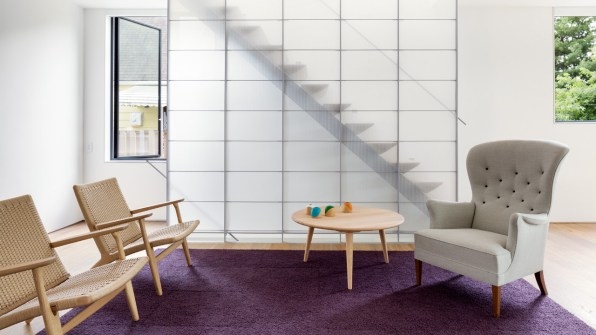
To that end, Making Room at NBM features numerous accessory dwelling unit (ADU) projects from around the country; the Alley Flat Initiative in Austin, for instance, provides homeowners that meet certain space and zoning requirements with a prefabricated microunit which they can rent out to low-income tenants. And some developers, Watson adds, are beginning to push the limits on zoning codes by adding self-contained units into single-family homes. “They’re getting away with it by calling them ‘suites’ in areas that aren’t zoned for multi-family dwelling,” Watson says. The separate units are, like ADUs, a way to reverse-engineer more density and housing options into sprawling suburban developments
Ultimately, Watson and Broikos are hopeful that developers and planners see the exhibit as inspiration to change their practices to become more responsive to actual demographic needs. A large part of doing so will be relinquishing the popular nuclear family image embedded within the American Dream–a concept feeling more and more out of reach for people in the U.S. these days. “It’s a controversial topic,” Watson says, “particularly when we’re asking people to consider the needs of single and elderly people, which design historically doesn’t do.” Making Room makes it clear that it’s time for that to change.
Fast Company , Read Full Story
(43)

